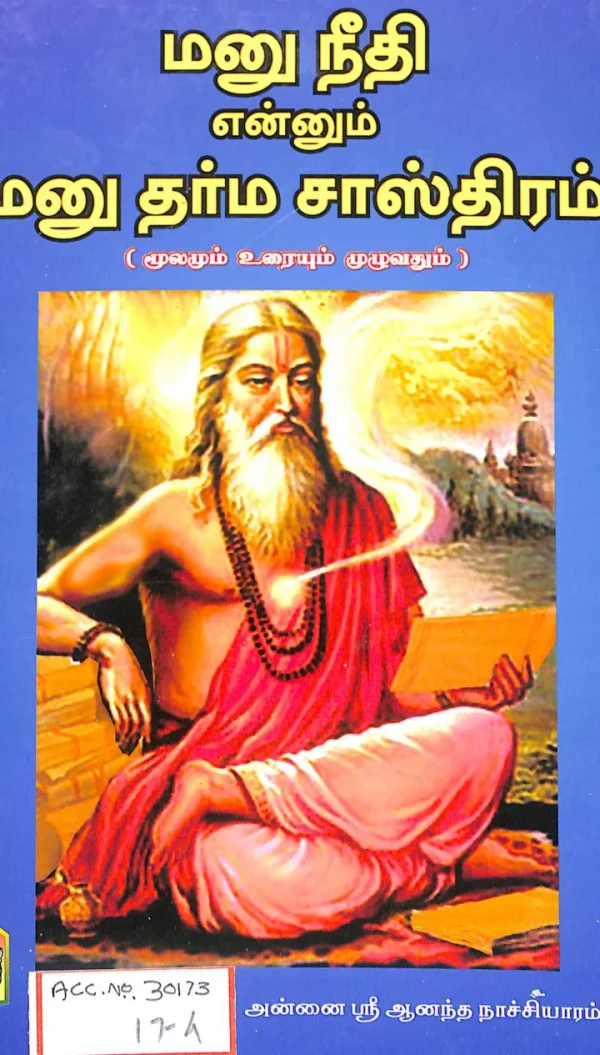Siragiri89
Member
வணக்கம் ஆசௌத்தில் ஒரு சந்தேகம் உள்ளது. எங்களது வம்சத்தில் ஆறு தலைமுறைகள் கடந்து தற்போது நாங்கள் ஏழாவது தலைமுறையாகவும் எங்களது வாரிசுகள் எட்டாவது தலைமுறையாகவும் இருக்கின்றார்கள்... தீட்டு பிரிப்பது என்பது ஏழாவது தலைமுறை கடந்து எட்டாவது தலைமுறைதான் பிரிக்க முடியுமா அல்லது ஏழாவது தலைமுறையே பிரித்துக் கொள்ளலாமா.. எனது கருத்து எட்டாவது தலைமுறைதான் பிரிக்க வேண்டும் என்பது. ஆனால் எங்கள் பங்காளிகள் அதற்கு மறுப்பு தெரிவித்து தீட்டு பிரித்து ஆக வேண்டும் ஏழாவது தலைமுறையே பிரித்துக் கொள்ளலாம் என்று கூறுகிறார்கள். எது சரி எது தவறு என்று தெரியவில்லை.. இதற்கு ஏதேனும் ஆதாரங்கள் அல்லது தரவுகள் இருந்தால் அதன்படி விளக்கவும். எங்களுக்கு பயனுள்ளதாக இருக்கும்.. நாங்கள் போதாயன தர்ம சூத்திரம் பின்பற்றுபவர்கள்... இதில் தீட்டு பிரிப்பது என்பது எட்டாவது தலைமுறை பிறந்தாலே தீட்டு பிரிக்கலாமா அல்லது அவர் கரும காரியம் செய்யும் போது தீட்டு பிரிக்கலாமா. தீட்டு பிரிப்பது என்பது எழுத்து மூலமாக கொடுப்பதா அல்லது அதற்கு ஏதேனும் சடங்குகள் உள்ளதா... எதன் காரணமாக ஏழு தலைமுறை என்று வைத்தார்கள். ஏன் எட்டு தலை முறை அல்லது ஒன்பதாவது தலைமுறை யில் தீட்டு பிரிக்கலாம் என்று வைக்கலாமே இதற்கு ஆதாரம் அல்லது ஏதேனும் காரணம் உள்ளதா? தயவுசெய்து இதற்கு பதில் தாருங்கள் எங்களுக்கு மிகவும் பயனுள்ளதாக இருக்கும்.

